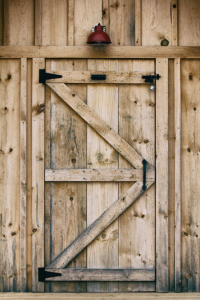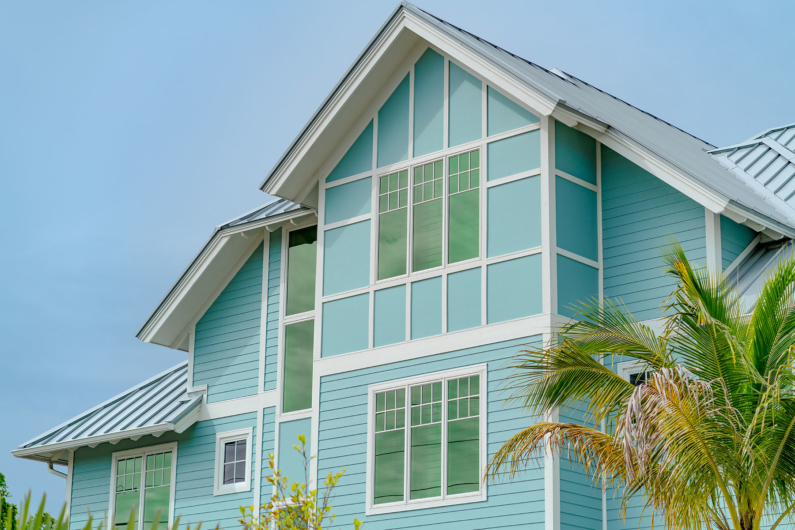Building a new home comes with a myriad of decisions: How many bedrooms? Do you need a big garage? What about your landscaping? One of the easiest decisions to make is to build sustainably.
Sustainable homes are beneficial for both homeowners and the environment. This is due to the energy efficient design process and green building practices. Read on to see six of the most popular sustainable home trends. Learn how they can improve your quality of life.
Passive Building Design
The word “passive” in this instance means that Mother Nature is doing all the work to maximize natural resources. This allows you to minimize energy consumption.
Instead of a design that uses technology like boilers and electric lighting, the internal environment in a passive home is powered by external elements. These include solar radiation, air pressure variations and outdoor temperatures. Passive homes will help restrict heat loss in the winter and reduce heat increases in the summer.
One of the most common features of a passive home is a large overhang as part of the roof. This helps shade windows in hot weather and prevent water from entering.
Use Sustainable Building Materials
Quality, reusable materials are sent to landfills every day. Sustainable building companies reclaim and repurpose them for use in homes.
 Recycled materials typically include tile, flooring, reclaimed wood, roofing materials, light fixtures, steel and many others. Homes often incorporate these items for décor purposes too, like recycled barnboard to create an accent wall.
Recycled materials typically include tile, flooring, reclaimed wood, roofing materials, light fixtures, steel and many others. Homes often incorporate these items for décor purposes too, like recycled barnboard to create an accent wall.
Sourcing for sustainable and recycled products can take longer than new materials. There may also be added costs. But by preserving these materials, you’re making what was once old new again and helping to limit waste. There are many salvage companies that collect spectacular items from homes that are being renovated or demolished. It can be an exciting challenge to hunt for a treasured vintage item.
Prefabricated Homes
A prefabricated home is another great way to limit waste. These houses are built at an off-site location. Building off-site makes the production process more efficient than building right on your lot.
Your site can be prepared at the same time your home is being built.
There are also hybrid processes. This is where parts of your home are prefabricated, while the rest is constructed on site. One of the most popular techniques is a panelized wall system. The walls are constructed off-site. Upon completion, they are delivered to the lot and assembled like a puzzle.
Green-Certified Homes
You can design and build a home with sustainability in mind. But, receiving a certification will really legitimize all of your hard work.
ENERGY STAR certifications are one of the highest a building can receive. To become certified, a home must meet the strict energy performance standards put in place by the Environmental Protection Agency (EPA). ENERGY STAR homes not only help protect the environment by emitting less greenhouse gas. They also help homeowners save energy and costs while creating an incredibly comfortable home, with fewer temperature fluctuations and greater sound control. In just 2017, ENERGY STAR buildings helped families and businesses save $30 billion in energy costs!
There are also LEED certifications, Leadership in Energy and Environmental Design. These set a standard for the design, construction and operation of high-performance homes and buildings. LEED has various rating levels, depending on how many points a home scores in terms of efficiency. These homes use less water and energy, reduce waste and enhance indoor air quality.
Use Non-Toxic Materials
Many materials found in homes contain hazardous chemicals and toxins that can be harmful to both homeowners and the planet.
Many glues, paint, adhesives, coatings and other materials contain volatile organic compounds (VOCs). These can enter the atmosphere of your home and travel outside. Formaldehyde is one chemical that’s commonly found in paints and solvents. It can cause allergic reactions, irritations and even trigger an asthma attack when it off-gases.
For a non-toxic, healthy home, opt for PVC alternatives, non-toxic wood and natural insulation materials. There are formaldehyde-free products available, along with zero or low VOC paints, and cellulose, for an eco-friendly insulation material.
Net-Zero Homes
In a net-zero home, you produce the same amount of energy that you consume. These homes are built to very high standards in order to produce the most comfortable temperatures and cleaner air with reduced allergens and toxins.
Net-zero homes require sophisticated design and build practices to ensure that the structure is airtight and well insulated. They also need solar panels to generate enough energy to power to your home.
The initial construction will likely run higher than the average cost to build a new home. However. you will be able to save by not having to pay monthly energy bills well into the future.
Once you’ve moved into your sustainable, eco-friendly home, don’t forget to incorporate green décor! Certain indoor plants, like Dracaenas, snake plants and Boston ferns, help purify the air and reduce VOCs. You can also continue to explore salvage options for your furnishings. The items that you select will come with their own historical relevance. The environment will appreciate it.
Article courtesy of Paul Kerrigan, Chinburg Properties Chief Operating Officer.






